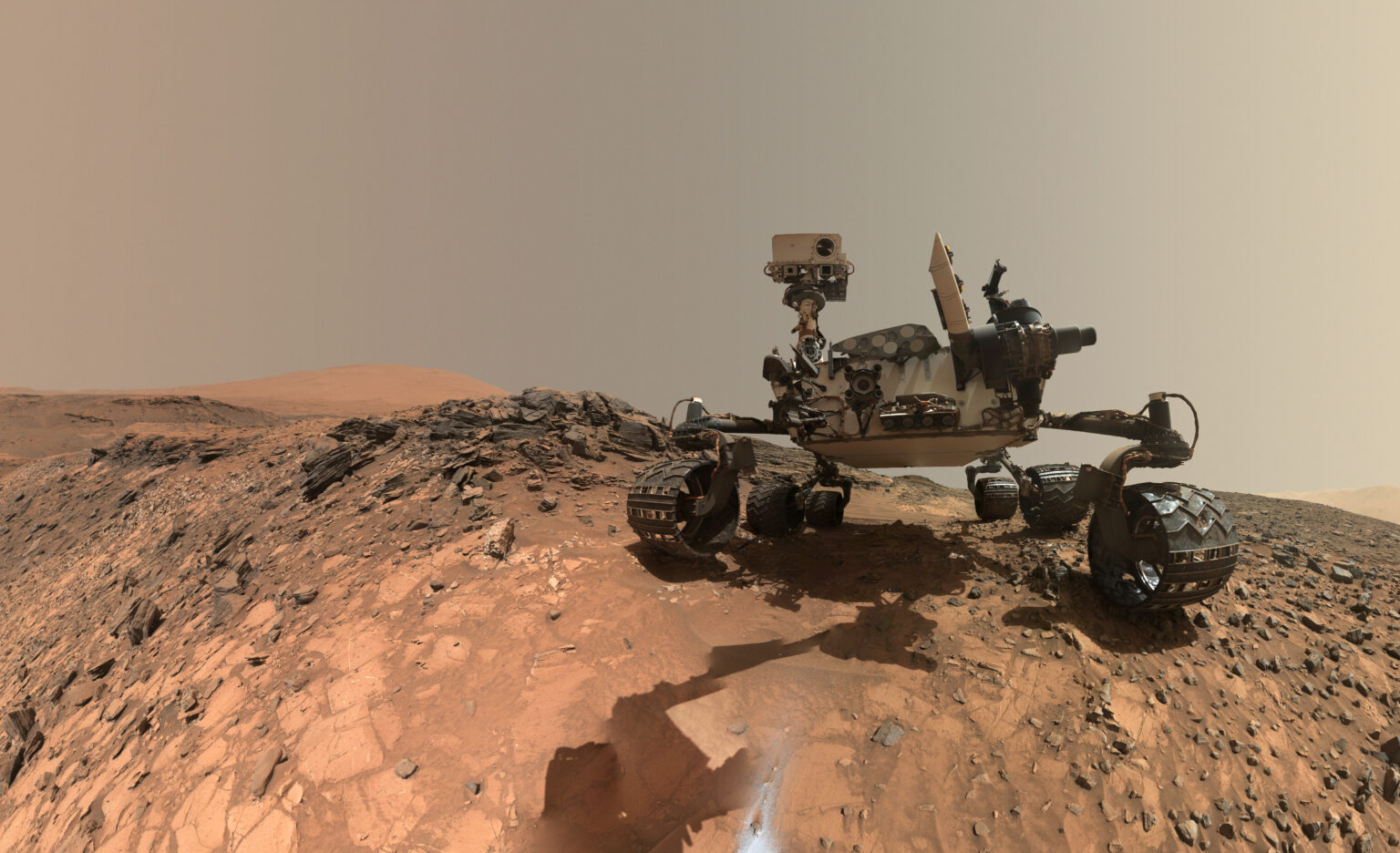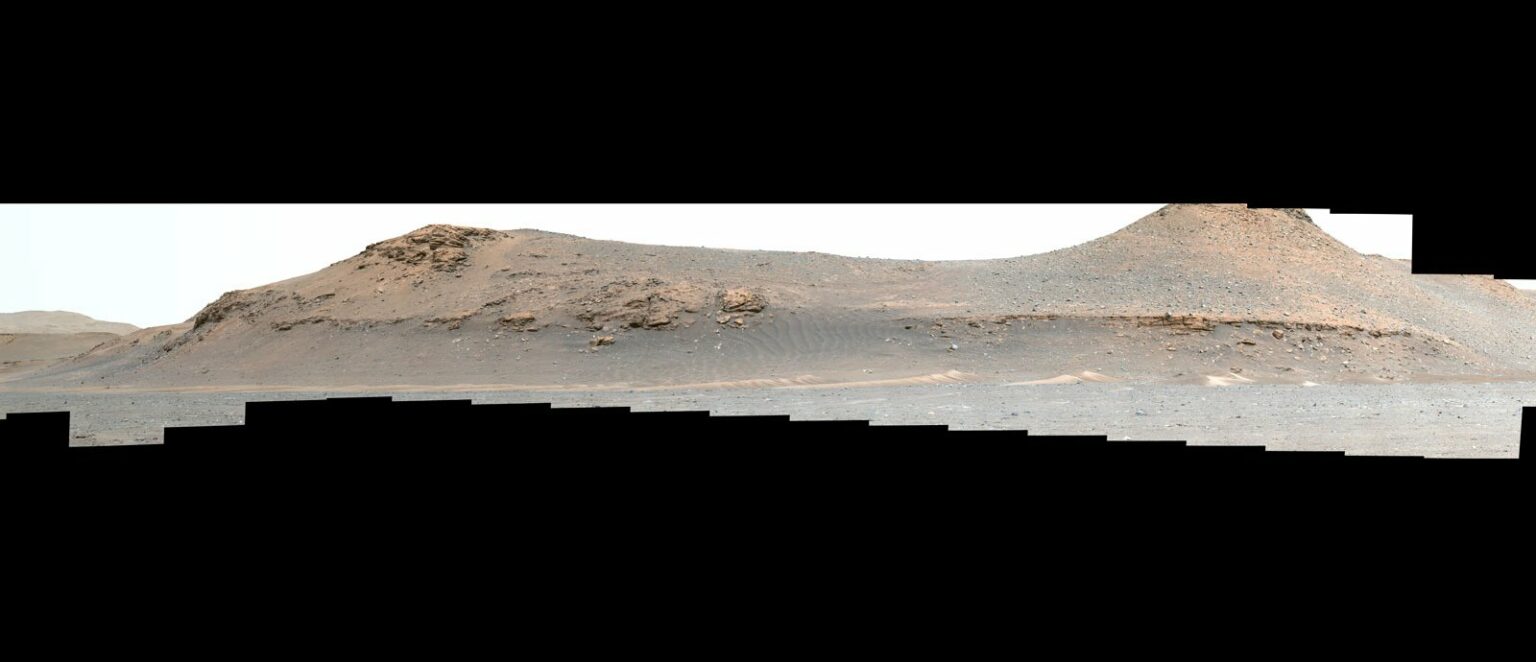NASA’s Perseverance rover, hunting for signs of life, has reached an important mission milestone. The spacecraft arrived safely to the dried-up ancient delta of the river on the Red Planet at the bottom of the 45-kilometer-wide Jezero crater. NASA announced this success on April 19. Mission participants stated that the delta would be a “real geological feast” for Perseverance. Scientists hope to find fossilized Martian life here. The most promising rocks will be preserved in a special container, which NASA and ESA intend to take back to Earth at the end of this decade.

“We have been observing the river delta for more than a year, the crater bottom is being investigated. Now the rover is in the region, its next steps will be to obtain images with high detail, demonstrating where it is better to start research,” said Ken Farley, NASA’s researcher
The annual result of Perseverance’s work on Mars
Perseverance landed in February 2021 inside the Jezero crater, where, according to mission scientists, a lake and a river delta were located billions of years ago. Such humid conditions should be suitable for the existence of microbes, which means that the delta region is a rich area for searching for signs of life on Mars. Of course, if life ever existed here.

The rover first studied the terrain south and west of the landing site during its first Earth year on Mars. But recently returned to the landing zone to get to the delta. On the way back, it even noticed the fallen parachute of the descent platform. Perseverance will spend the next week figuring out how better to explore this promising section of the delta.
Next Year’s Plan
Perseverance data show that the sediments in the delta are at an altitude of about 40 meters above the bottom of the crater. According to JPL’s statement, the team is considering two options. The preferred route is through the region, nicknamed Hawksbill Gap, because it can be reached in a shorter time. But there is a backup option – Cape Nukshak, in case it will be a safer route for the rover.
The rover will spend about six months in the delta of the river. During a maneuvering campaign called Delta Front, it will collect eight samples. Then, according to the plan, Perseverance will again go to the top of the delta, where it will spend another six months. Perseverance will also try to collect fragments of sand and rocks upstream.
“We will be looking for signs of ancient life in the rocks at the base of the delta, and rocks that we think were once silt at the bottom of Lake Jezero,” Farley said.
Perseverance has launched its second science campaign a month earlier than expected, thanks to its upgraded autonomous hazard detection system that allows it to avoid obstacles in the crater such as boulders, sharp rocks, craters and sandboxes.

